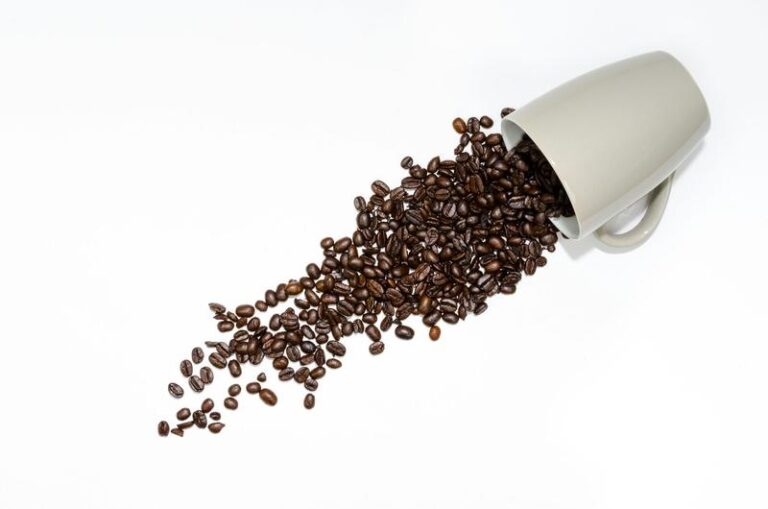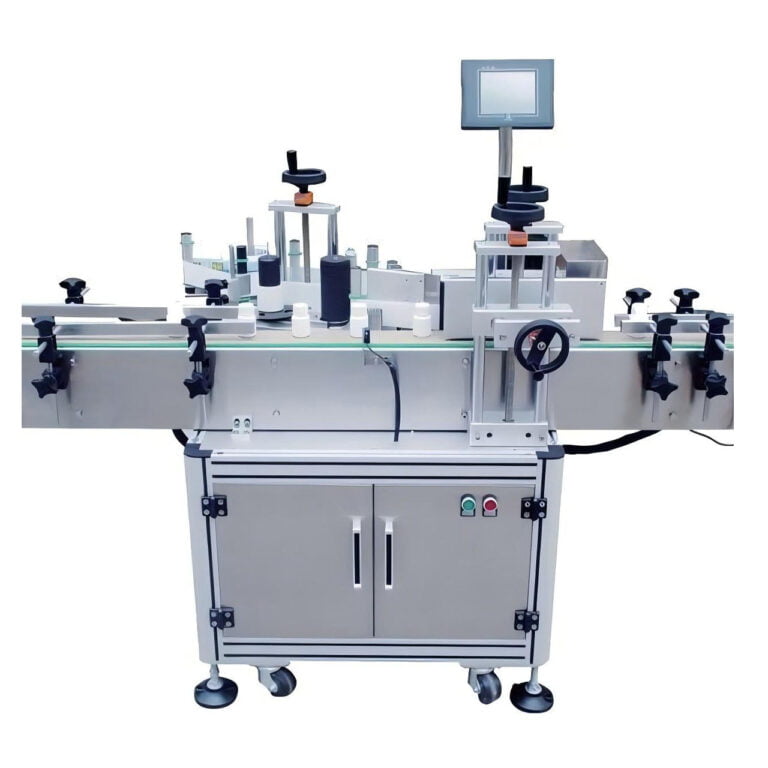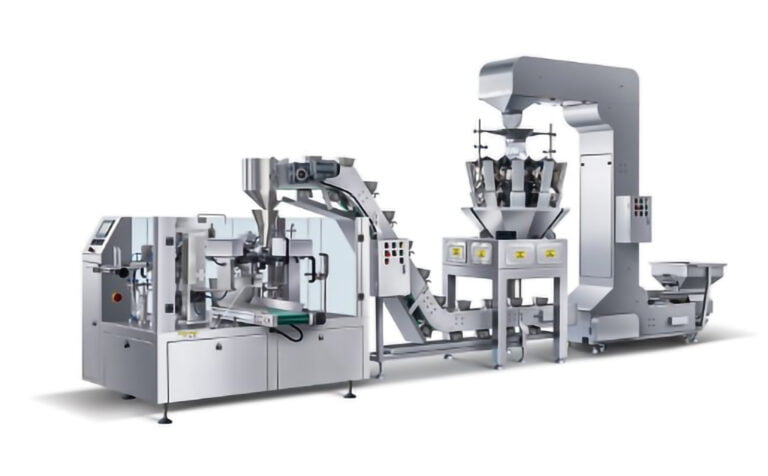The packaging process refers to the steps involved in designing and creating the packages for products. It typically involves the following key steps:
- Package design – The first step is to design the package. This includes selecting the package type (box, bottle, pouch, etc.), determining the size and shape, choosing materials, and designing any graphics or labels. Package design depends on the product being packaged, shelf-life needed, and ease of use.
- Material selection – The packaging materials are selected based on the product type and needs. Common materials include glass, plastic, paper, paperboard, and metal. Materials must be approved for food or pharmaceutical use if needed. Cost, sustainability, barrier properties, and other factors are considered when choosing materials.
- Package testing – Prototype packages are tested to ensure they meet requirements like barrier strength, impact and drop resistance, stackability, resealability, etc. Testing protocols are based on industry standards. Packages must protect the product and remain intact during handling, shipping, and shelf storage.
- Filling and sealing – Products are filled and sealed within the packages using automated or manual fillers and sealers. Fillers accurately dispense product into pre-made containers which are then sealed airtight to avoid contamination during shelf life. Packers oversee this step to ensure fill accuracy and quality seals.
- Labeling – Pre-printed labels are applied to the primary package to provide information like ingredient lists, nutritional facts, logos, product name, manufacturer details, and barcodes. Proper labeling is legally required for commercial products. Labels can be applied manually or automatically with label applicators.
- Secondary packaging – Primary packages are grouped together using secondary packaging like cartons, cases, or trays. This step makes handling and shipping the packages more efficient. Automated packers or case sealers are often used to pack primary packages into secondary cartons at high speeds.
- Palletizing – Cartons from the secondary packaging step are stacked onto pallets for storage and transport. Pallets must be stretch or shrink wrapped to securely contain the cartons during shipment to customers or distribution centers. Pallet sizes and loading configurations are based on transportation needs and mechanical handling equipment.
- Shipping – Loaded pallets are shipped to distribution centers, stores, or customers. Proper labeling, packing, and transport conditions must be maintained to avoid damage to the product during shipping. Temperature-controlled transport may be required for some products.
That covers the basic steps involved in the packaging process. Well-designed processes with high quality standards help create optimal package solutions for any product. Continuous improvement helps maximize both sustainability and efficiency over time.





